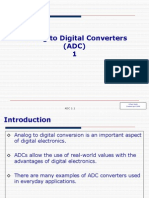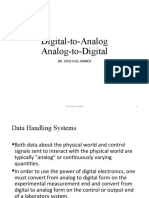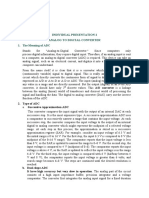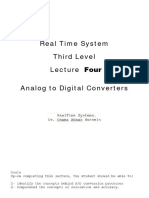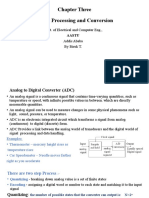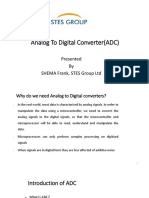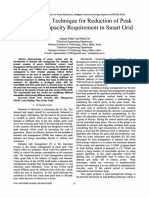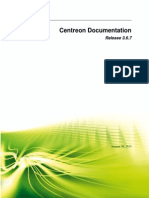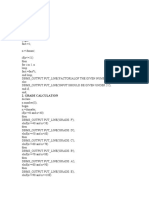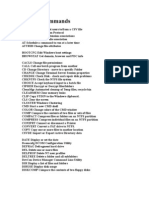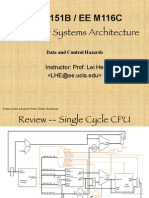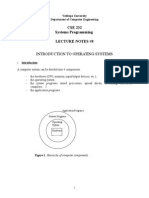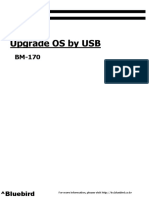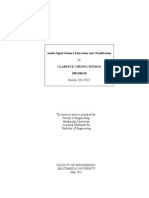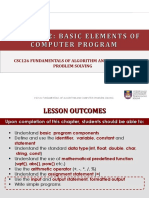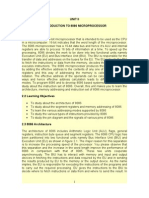0% found this document useful (0 votes)
180 views59 pagesADC Basics for Engineers
An analog-to-digital converter (ADC) converts an analog signal to a digital signal. The conversion process involves sampling and holding the analog signal, then quantizing and encoding it. Accuracy can be improved by increasing the sampling rate or resolution (bit depth). ADCs are used wherever analog signals need to be processed or stored digitally, such as in microphones, sensors, and meters. The PIC16F877A microcontroller contains an 8-channel successive approximation ADC that can sample inputs between 0-5V at 10-bit resolution.
Uploaded by
gkkishorekumarCopyright
© © All Rights Reserved
We take content rights seriously. If you suspect this is your content, claim it here.
Available Formats
Download as PPTX, PDF, TXT or read online on Scribd
0% found this document useful (0 votes)
180 views59 pagesADC Basics for Engineers
An analog-to-digital converter (ADC) converts an analog signal to a digital signal. The conversion process involves sampling and holding the analog signal, then quantizing and encoding it. Accuracy can be improved by increasing the sampling rate or resolution (bit depth). ADCs are used wherever analog signals need to be processed or stored digitally, such as in microphones, sensors, and meters. The PIC16F877A microcontroller contains an 8-channel successive approximation ADC that can sample inputs between 0-5V at 10-bit resolution.
Uploaded by
gkkishorekumarCopyright
© © All Rights Reserved
We take content rights seriously. If you suspect this is your content, claim it here.
Available Formats
Download as PPTX, PDF, TXT or read online on Scribd
/ 59













